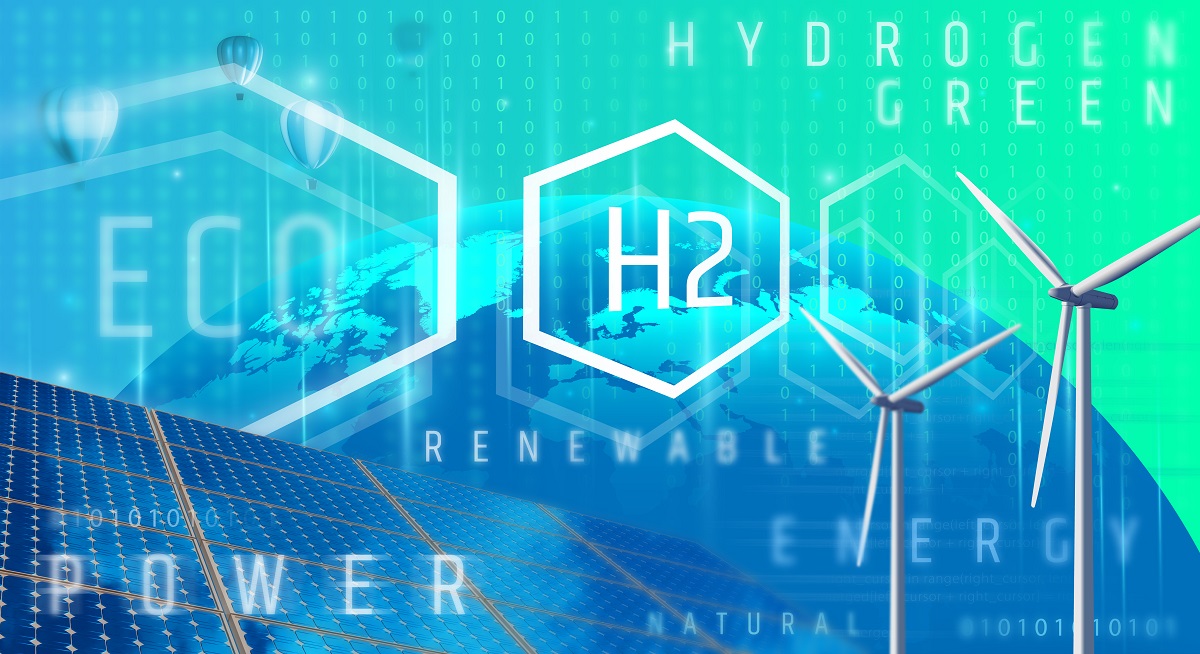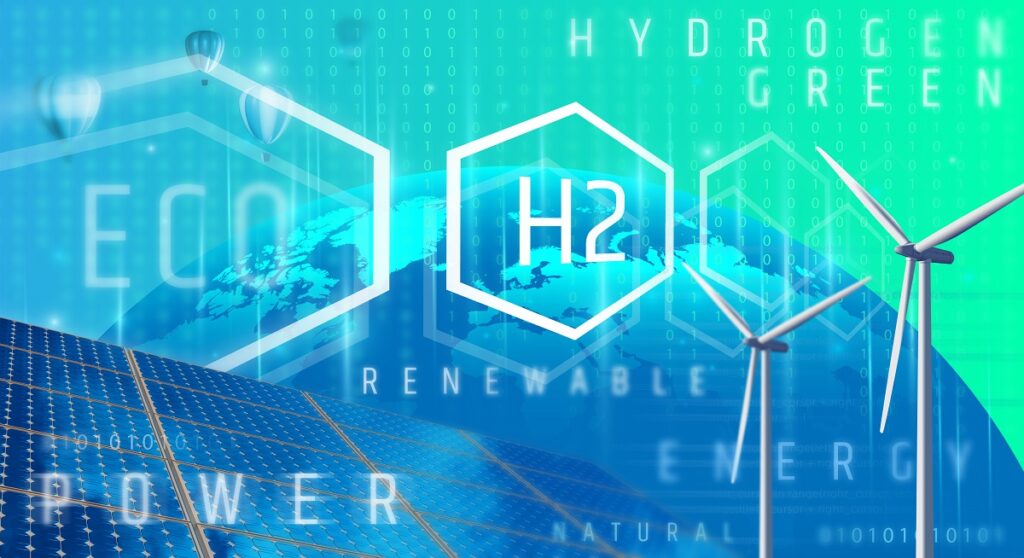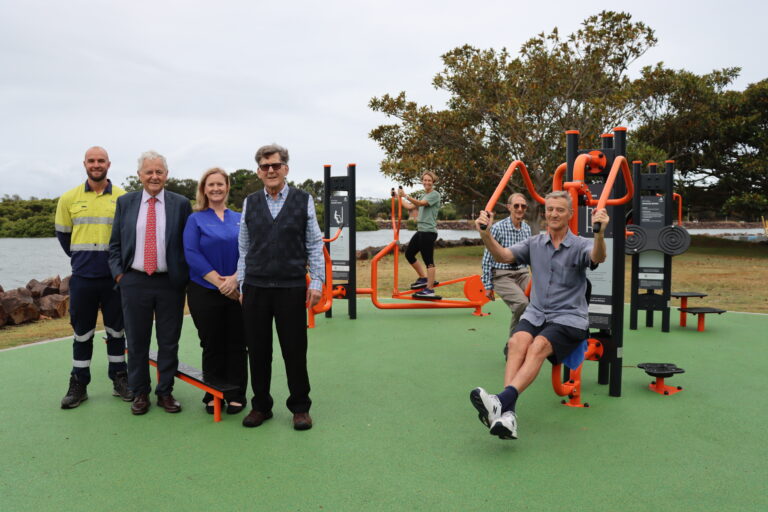Newcastle and the wider Hunter area will play a key role in determining Australia’s drive towards net zero and the energy transition.
Thousands of kilometres of new transmission infrastructure will be built over the next 10 years through the NSW Government’s creation of the Hunter-Central Coast Renewable Energy Zone, connecting new clean energy projects to the electrical grid.
The growth of the hydrogen supply chain is supported by organisations like NewH2, and this month’s NewH2 symposium intended to highlight initiatives and launch crucial discussions about the opportunities that the energy revolution will bring to the area.
The foundation of it all is the Federal Government’s Climate Change Bill, which locks in Australia’s greenhouse gas emission targets, starting with a 43 per cent reduction from 2005 levels by 2030, and net zero by 2050.
The Hunter has been at the centre of energy production and export for decade, and as the switch to renewable energy sources picks up speed, the local business community cannot afford to stand by and watch.
Companies must begin preparing
The moment has come for business owners and executives to start setting themselves up by investing in sustainability and looking at longer-term strategic planning.
Renewable energy projects will require a big capital expenditure in infrastructure – it’s not going to be cheap to build a solar farm or offshore wind turbines.
Some of these energy projects may be driven by big industry, but they will need backing, and therein lies an opportunity for the local business community.
Company executives should think about potential new markets or opportunities to tap into and determine whether training or reskilling are required to close technological capability gaps, or whether a recruitment strategy is required to find workers with the skills to develop scalable capability.
For example, there will be a large number of roads and warehousing facilities that need to be created; therefore, civil engineering and construction businesses need to begin preparing now for the capabilities and scale to deliver.
ESG emphasis may assist with projects and recruitment
There can be challenges with attracting people to the Hunter region, but employers should consider how they can support their people, from offering the flexible work conditions to mapping out career and training opportunities.
Impact is another important selling point. Establishing offshore windfarms and hydrogen networks are projects that cannot be done in large cities like Sydney, and supporting the shift to renewable energy is a career path with a purpose.
Attracting employees in a labour market where individuals are becoming more vocal about employer sustainability is difficult without an environmental, social, and governance (ESG) plan, likewise winning work from conscientious businesses.
According to the Pitcher Partners 2022 Radar Report, just 18 per cent of mid-market companies have ESG plans in place and are reporting on them.
Organisations that are, or plan to be, key suppliers and contractors must show their ESG credentials or risk losing business, as increasingly companies will be looking at their own supply chains and relying on other like-minded organisations.
The importance of a company monitoring its environmental effect, establishing social impact standards, and holding itself accountable for corporate risk management is only growing.
Preparing for the transition economy will take time so start by looking at where the opportunities might materialise, identify skills and technology gaps in your team and develop and implement the training required to upskill, or to prepare them for the future.
At the same time consider the business’s ESG footprint, which will be crucial for strategic partnerships and attracting employees – as stakeholders and investors take more time to understand ESG, a comprehensive risk management framework is vital.
Taking these actions early will better position businesses to take full advantage of the opportunities presented in the Hunter’s clean energy future.






